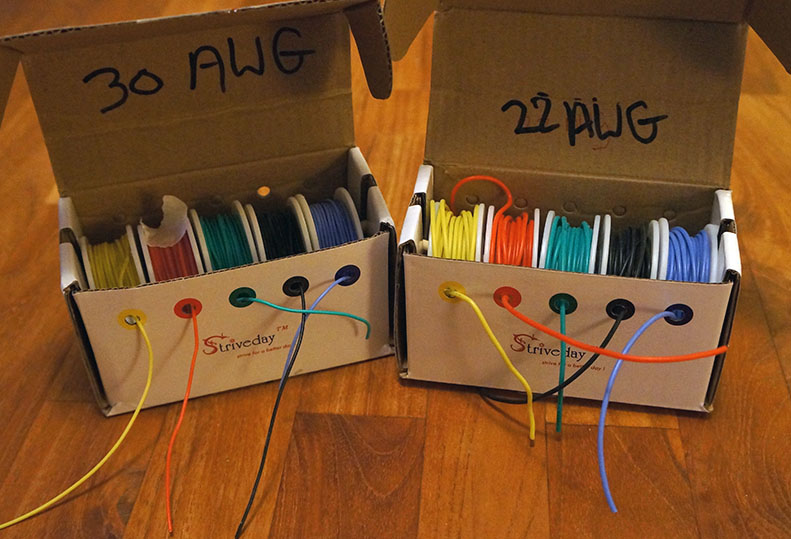
30 AWG very flexible silicone wire… not the cheapest wire but nice
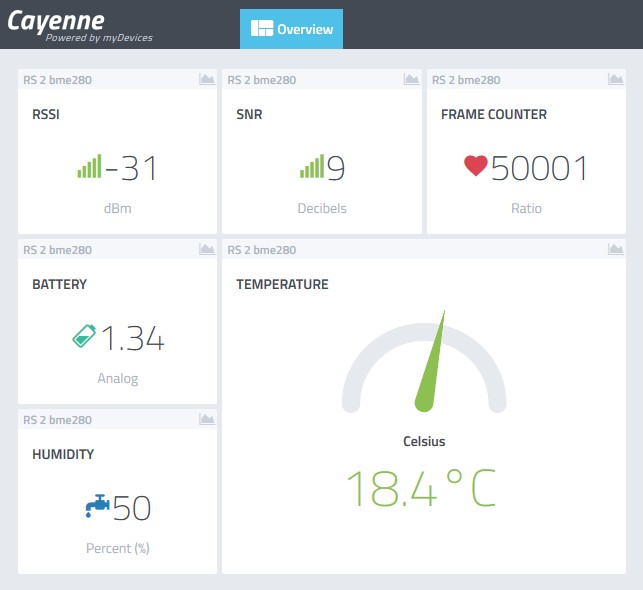
Hi @Borroz if I recall the early days for this wasn’t it based on your early access to a new Rocketscream board running of single AA? Don’t recall seeing any update on that board - is it released yet?
No it isn’t released yet… there will be minor modifications in the final product as far as I know.
For me that isn’t neccesary… the prototype board is very well designed allready with a 328 and a rn2483 and still works perfect after 6 months.
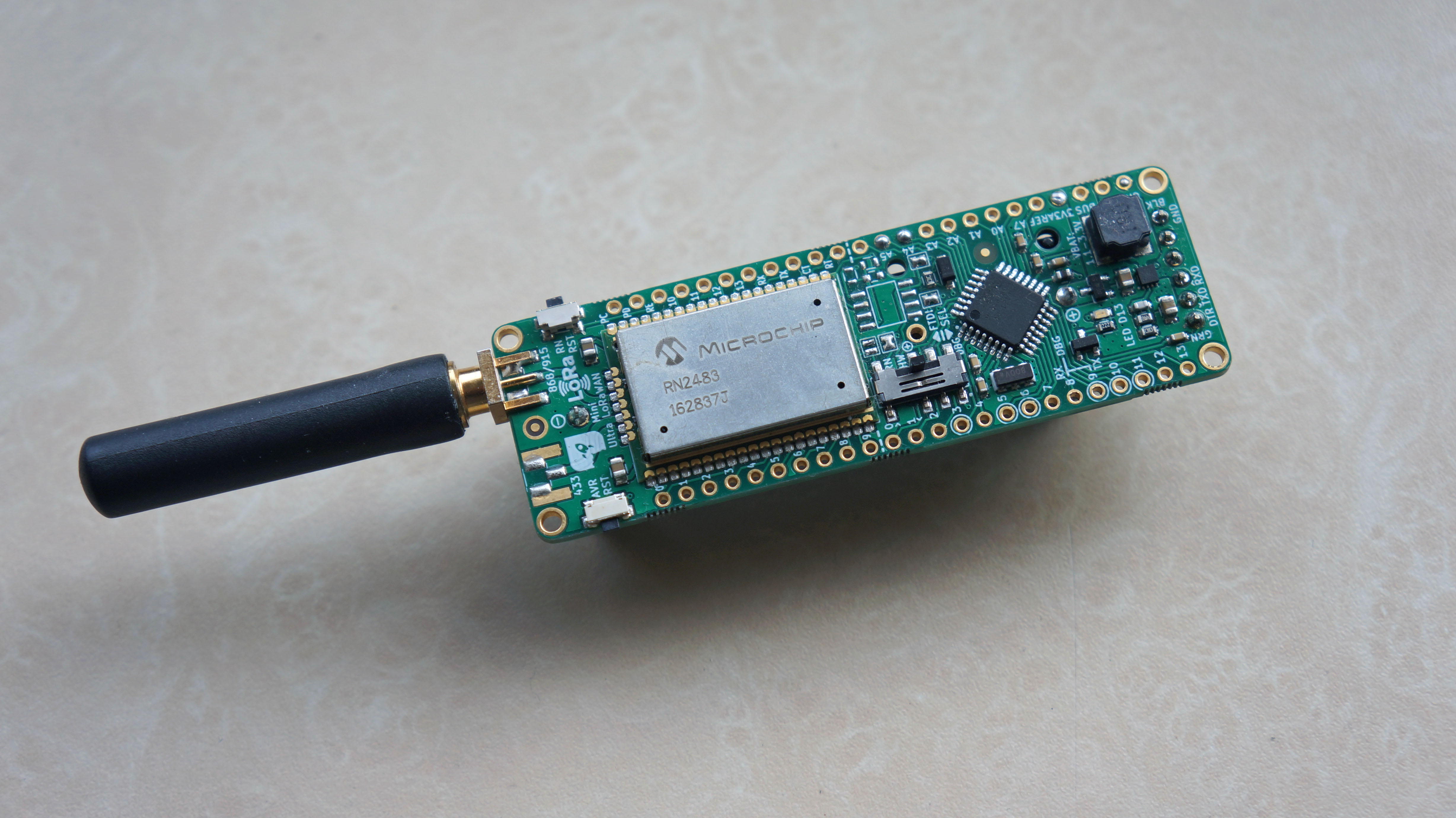
Pity!  Was afraid that might be case as each time you posted update in the past I quickly went and checked…
Was afraid that might be case as each time you posted update in the past I quickly went and checked…  I could use a half dozen of these immediately…
I could use a half dozen of these immediately…
If you know of similar please flag…(low power, small/slim, for temp/humidity sensing, single Battery giving >6mo - >12mo pref - with 15min -30 min updates)…and cheap! 
Oh and needs to be easy to set up and little programming for a none softie!..
…and if you can bring world peace and solve world hunger at the same time that would be a bonus…
no problem ![]()
Possibly a dumb question…
What power/antenna combination should a self-built TTN Mapper node be using? Obviously a small wire antenna is going to indicate lower RSSI than a “proper” antenna. Since TTNM is all about mapping gateways rather than nodes, is there a “baseline” node spec?
that’s more a question for @pe1mew  or anyone with mapping experience.
or anyone with mapping experience.
the screenshot is from a node 7 meters from my gateway, that’s why you see the strong signal.
Hi,
Yes and no. The node shall meet regulatory restrictions. eg. maximum 14 dBm erp and duty cycle restrictions.
- Duty cycle is handled by the LoRaWAN stack.
- Power shall be managed by the devloper of the node. Normaly it is set to maximum (+14 dBm).
- SF is 7
The purpose is to be representative for regular nodes. This means that when a node is mapped by TTN Mapper it is likely that an average node will have coverage there too.
Also the SF shall be SF7. This is worst case and shows that probably any SF will have coverage there where the node is mapped.
A proper 1/4 lambda mag-mount antenna on a roof will provide better coverage. this is usable when you want to do beter propagation analysis.
If a wire antenna is your setup it is representative I think seen the definition above.
Yes, but also very interesting to know is the maximum coverage of a gateway, especially in areas with few gateways. Using only SF7 for mapping will not provide that information.
Most useful would be to know the coverage separately per spreading factor. A map control could then be used to allow filtering based on spreading factor.
That would be a nice feature for TTN Mapper. @duineuk this is not something for your TTN Mapper device now.
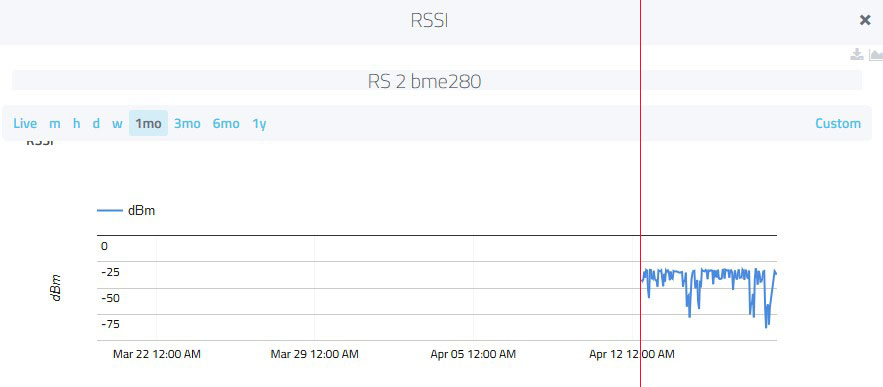
Cayenne seemed to have lost all data before 12 april … and can’t recover it, storing your own data on multiple locations seems like a plan.
Cayenne seemed to have lost3 all data before 12 april … and can’t recover it, storing your own data on multiple locations seems like a plan.
That is one of the reasons why I do not use (free) cloudservices.
I use Domoticz with a RaspberryPi server to store and publish all my sensor data. Domoticz is also a complete home automatisation solution.
It may not look as fancy as Cayenne but it works very well.
If its really important (company/client) data I wouldn’t trust the RPI with SD card 
I hope that TTN further integrates and offer secure, affordable data storage packages for students, hobbyists, start ups, small company’s ect in the future .
That problem is already solved. With RP3 you can use a SSD instead of SD card.
Or else you can automatically create hourly/daily/weekly backups.
I know… I have it running here, but it’s a hack and still not official (and boot is very slow) 
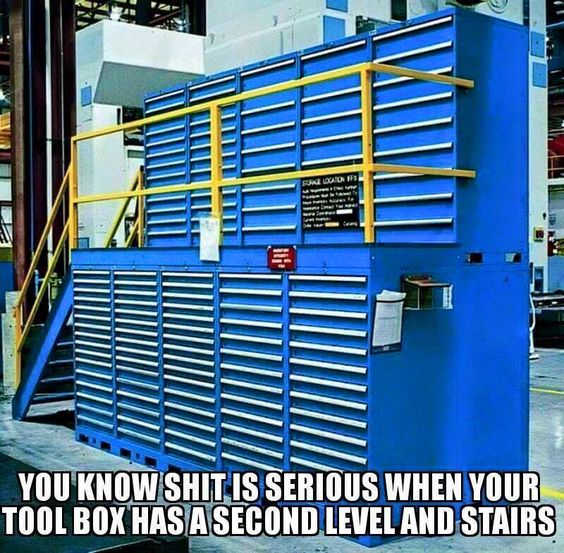

simple ideas for the work bench
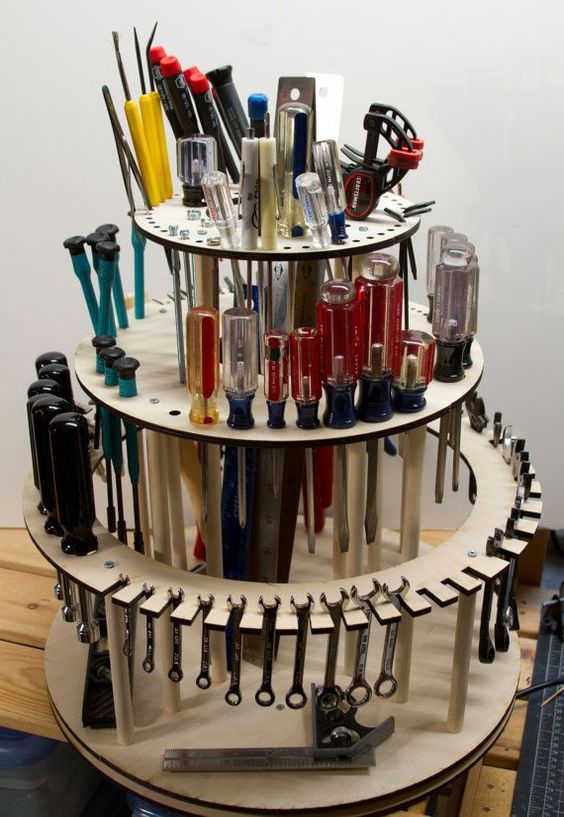
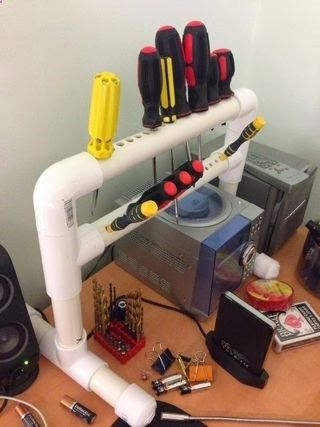
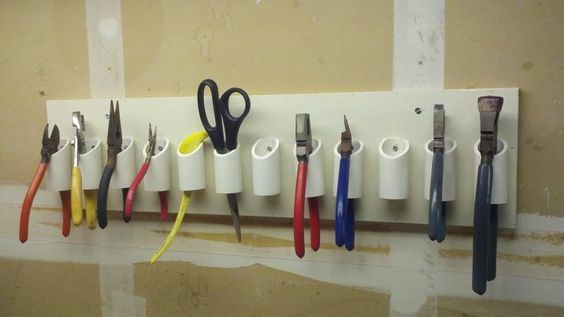

*will be updated when there’s no sun 
My experiments with the Pololu A-star 328PB were not very succesfull
So I studied and ordered a SAM21D board, a 32bit arduino compatible (used in arduino zero) board
I need more memory (e paper displays are memory hungry), a faster clock and more serials / gpio
So maybe this is the one 
Runs at 48MHz
256KB FLASH Memory
32KB RAM
Pin compatible with Arduino Nano but runs at 3.3V
SAMD21 micro-controller same as used on a Arduino Zero's.
Built in USB
Arduino Zero bootloader pre-loaded.
20 I/O pins with 5 extra pins that can be used for I2C/SPI or I/O
6 Analog Pins(ADC) with 12-bit resolution (4096 resolution point vs Arduino Uno's 1024)
1 Digital to Analog(DAC) pin with 10-bit resolution.
Designed and Manufacture in New Zealand
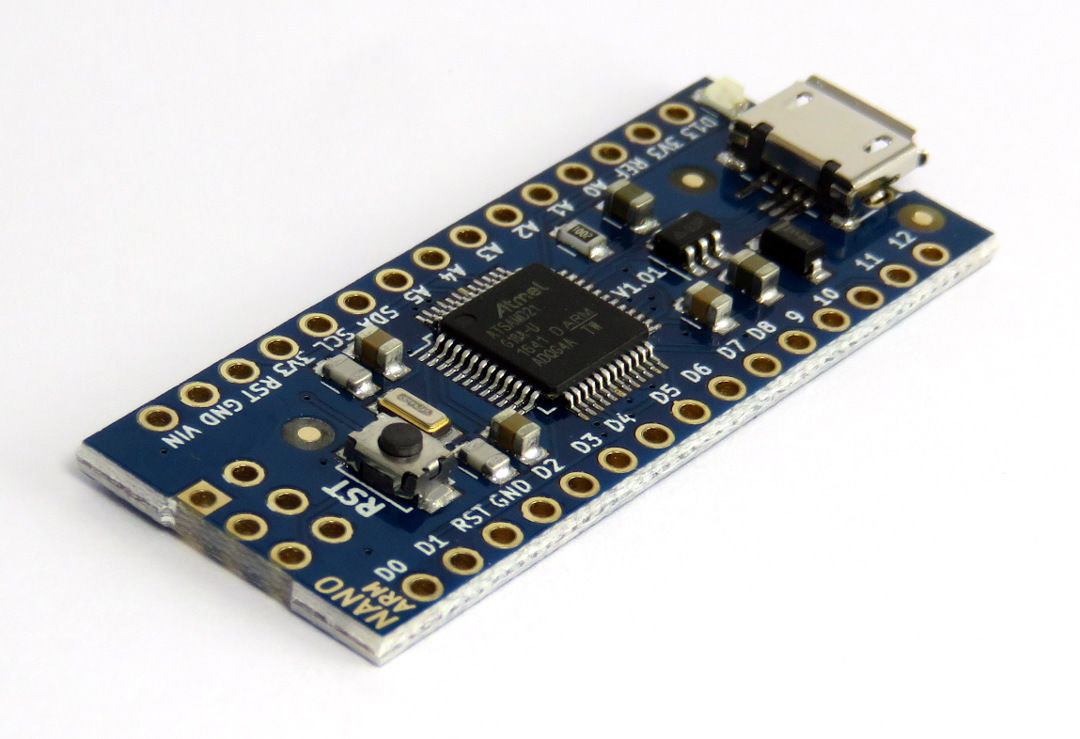
no its not a nano
Perfect weather tinkering in the garden and voila a solar powered weather station.
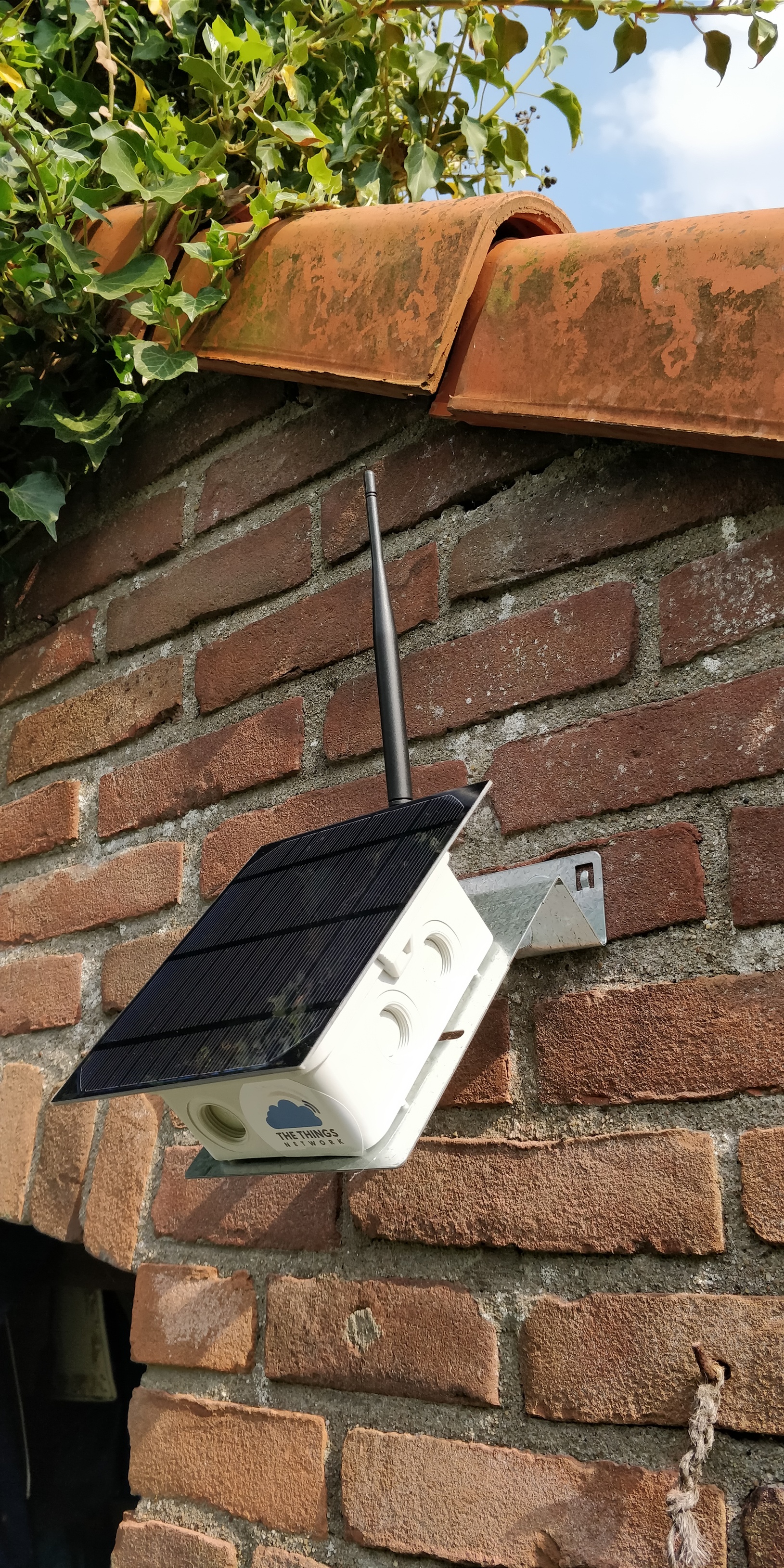
With a print of the TTN Workshop Eindhoven and
a BME280 sensor at the back.
The LiPo Rider Pro takes care of charging the battery.
A solar panel on the lid with my friend the hot glue gun and done.
